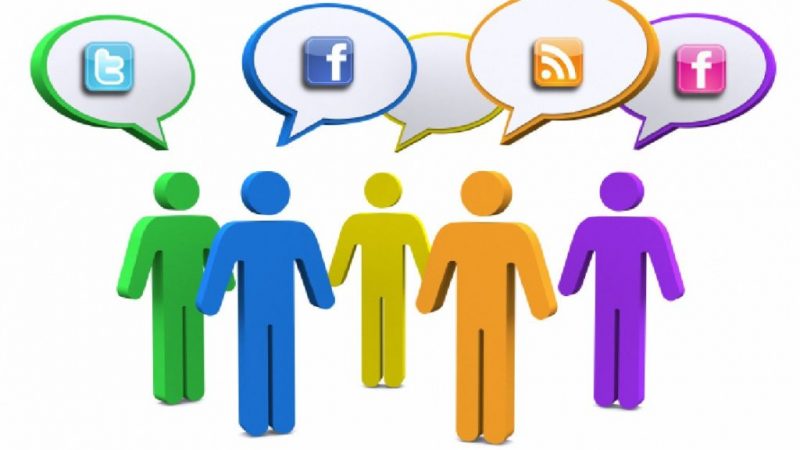April 10, 2018
How Setting Social Alerts Can Help You Stay on Top

The best way to manage your online reputation is through social listening. If you don’t know what people are saying about your brand, how can you address any customer issues? Staying on top means being cognizant of your status at all times. Setting social alerts can help you achieve great social insight into your audience.
34.5% of people reported their top choice for customer care as social media, with live chat coming in at 24.7%. It’s apparent that people will be discussing your brand and looking for immediate assistance online. Social alerts can help you meet those needs in real time. You just have to know how to be a savvy social monitor.

Social Listening and Monitoring
The idea behind a social “alert” is that you are setting up triggers to remind you whenever people speak of your business. Social monitoring requires you to collect every social mention and interaction online to use for analysis and reflection. When you set social alerts, you are setting yourself up to be a conduit of information. Social listening can achieve things like:
- Tracking brand health.
- Creating content your audience wants to see.
- Driving strategic decision making.
- Generating new ideas for marketing and sales campaigns.
- Improving the overall customer experience.
Setting social alerts is the first step in an effective social monitoring strategy. You must set up the triggers first before you know where the conversations are—and who is having them. Therefore, it is imperative that you use a system of alerts to help you stay the utmost informed.

An Effective Engagement Strategy
Shunning your customers on social media can have dire consequences. In fact, a report by Sprout Social found that 36% of consumers will publicly shame your brand, and 1 in 3 will switch to a competitor if you ignore them on social media. Therefore, knowing exactly when people are discussing an issue is imperative for gaining the attention of modern consumers.
An effective engagement strategy requires you to know what’s going on at all times. Otherwise, how will you know to engage? Checking your social alerts every morning is a great way to start the process with your audience. It will be the guiding light in your customer service efforts.
Tools for Setting Alerts
It’s also good to use platforms in conjunction if you find one lacks a feature that the other may offer. There are a variety of social listening and monitoring tools on the web, but two stand out: Google Alerts and Awario.
Google Alerts
The reason why you should always consider Google Alerts to set up your social listening is because they own the top search engine on the internet. Google will send its spiders out to crawl the web in search of any and everything related to your brand. The site is always free but does require a Gmail account to receive the notifications.

The downside to Google Alerts is that it doesn’t do much more than simply ding like a bell when someone mentions you. You’ll get an email in your inbox and you can go from there. In terms of any deeper analysis, however, Google Alerts is only doing one thing. Alerting.
Awario
The great thing about setting up social alerts with Awario is that it has a dashboard where you can monitor all activity through any channels you sign up. So, you can attach all of your social media platforms to Awario, and it will search everything social for mentions of your brand.

Additionally, Awario will find any blogs being written about you, or other quirky things that may be hidden on the internet. For better organization, Awario also includes a task management aspect to all of your alerts. From the same dashboard, you can answer your customers and build your brand straight from the tool.
It’s no secret that in order to stay on top you have to be “in the know.” Since social media and customer interactions can exist in countless places online, you’re going to need a little help to gain that competitive edge. The more you monitor, the easier it will be to engage. It’s that simple. A social alert not only helps you better understand your audience, it allows you to engage them on a level where they feel comfortable. And customer satisfaction is always the successful end game.







